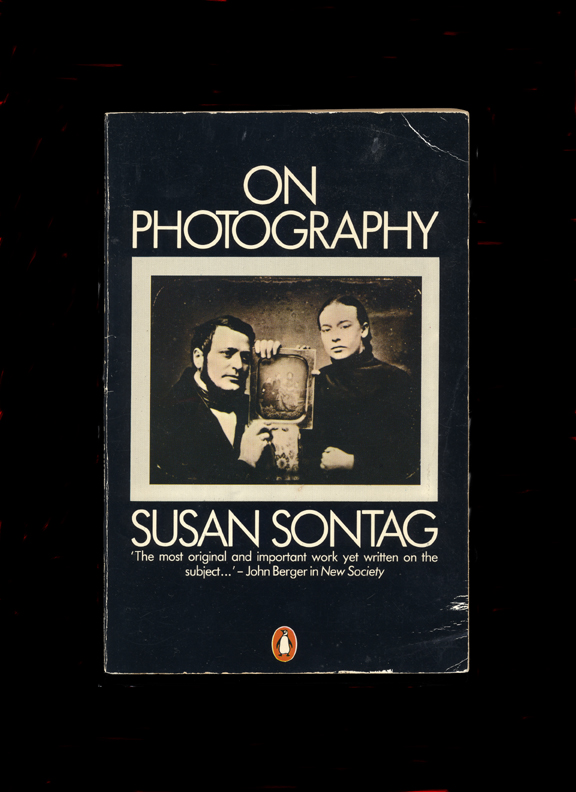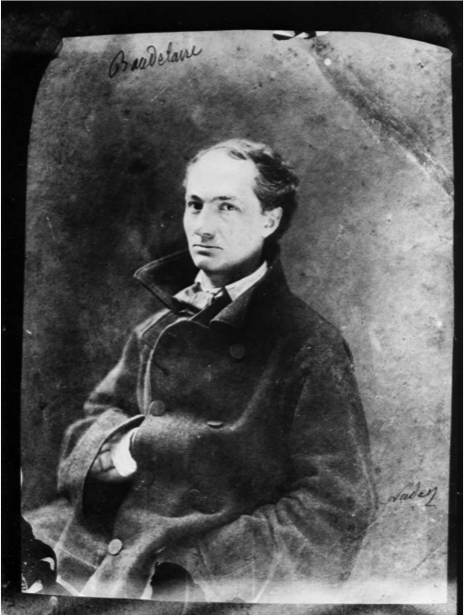On the second week our teacher introduced us, the major stages in the history of photography. We also learned about it in other subjects, so it was not a difficult thing to learn. We talked about the impact of the medium on society and culture.
photograph:
ˈfəʊtəɡrɑːf/
noun
plural noun: photographs
a picture made using a camera, in which an image is focused on to light-sensitive material and then made visible and permanent by chemical treatment, or stored digitally.

‘Whatever it grants to vision and whatever its manner, a photograph is always invisible: it is not it that we see’ (Barthes 1980: 6)
The history of photography had 3 major periods, which are:

If you would like to read more about it, you can buy Bate’s book. Photography: The Key Concepts.
“The history of photography has roots with the discovery of the principle of the camera obscura. As far as is known, nobody thought of bringing these two phenomena together to capture camera images in permanent form until around 1800, when Thomas Wedgwood made the first documented although unsuccessful attempt. In the mid-1820s, Nicéphore Niépce succeeded, but several days of exposure in the camera were required and the earliest results were very crude. Niépce’s associate Louis Daguerre went on to develop the daguerreotype process, the first publicly announced photographic process, which required only minutes of exposure in the camera and produced clear, finely detailed results. It was commercially introduced in 1839, a date generally accepted as the birth year of practical photography.”
You can read more about the history of photographs on Wikipedia or in Susan Sontag’s book: On Photography

Charles Baudelaire (1859)
He was a French poet who also produced notable work as an essayist, art critic, and pioneering translator of Edgar Allan Poe.
‘If photography is allowed to supplement art in some of its functions, it will soon have supplanted or corrupted it altogether….It is time, then, for it to return to its true duty, which is to be the servant of the sciences and arts – but the very humble servant, like printing or shorthand, which have neither created nor supplemented literature’



